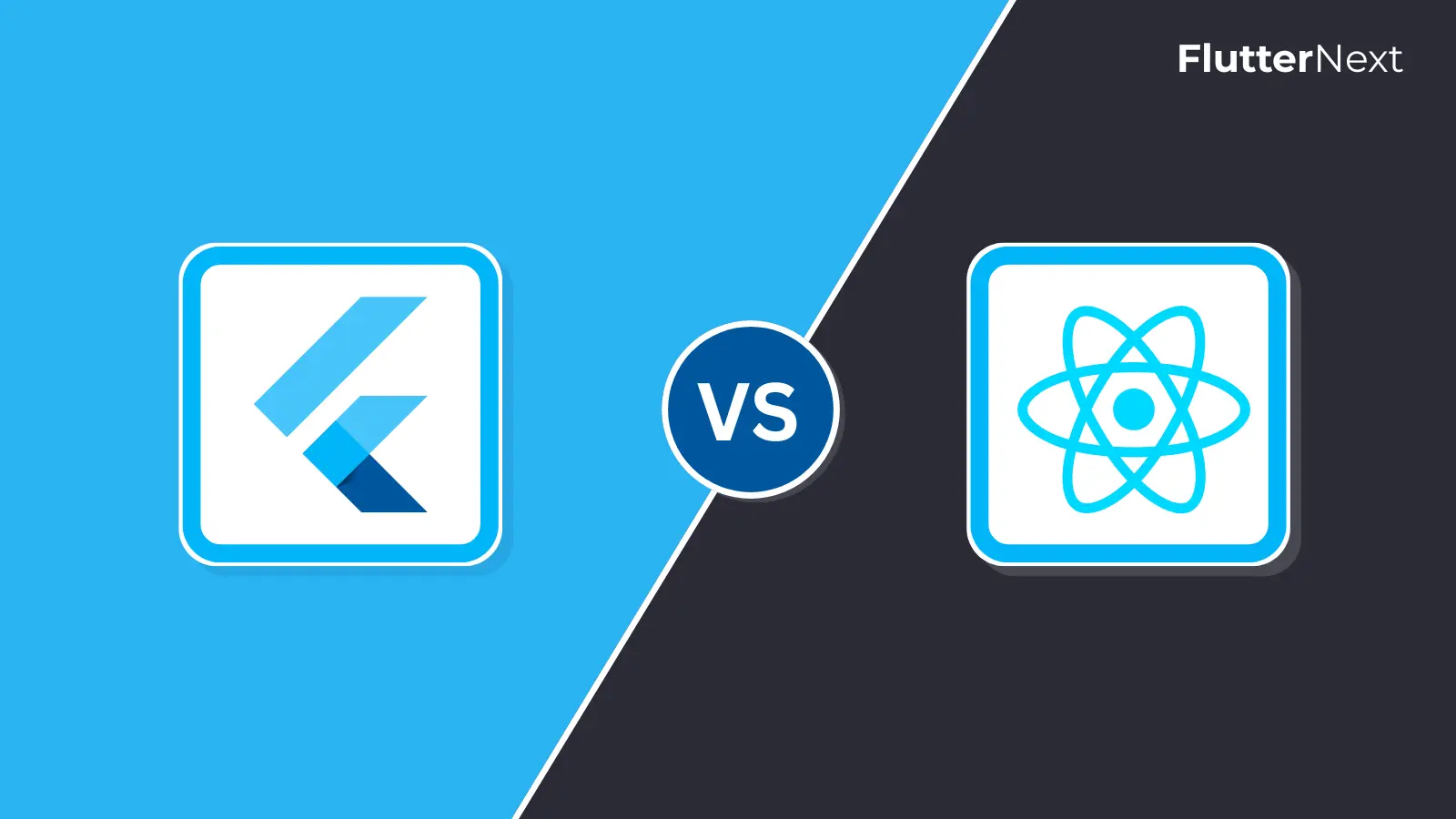As we step into 2025, the debate between Flutter and React Native continues to heat up. Both frameworks have matured significantly since their inception and now power hundreds of thousands of applications worldwide. But which one should developers, startups, and enterprises choose in 2025? In this in-depth blog, we’ll break down everything you need to know about Flutter and React Native to help you make an informed decision.
1. Introduction
Cross-platform development has revolutionized how mobile and web apps are built. Instead of maintaining separate codebases for iOS, Android, and the web, developers now rely on frameworks like Flutter and React Native to streamline the process. In 2025, both frameworks have evolved to support more platforms, offer better performance, and provide more tools for developers. However, the choice between the two depends on various technical and business factors.
2. Flutter and React Native: A Quick Overview
Flutter
- Created by: Google
- Initial Release: May 2017
- Programming Language: Dart
- Architecture: Skia rendering engine
- Supported Platforms: Android, iOS, Web, Windows, macOS, Linux, Embedded
Flutter is a UI toolkit developed by Google that allows for expressive and flexible UI design. It uses Dart language and a custom rendering engine, giving developers full control over every pixel on the screen.
React Native
- Created by: Facebook (now Meta)
- Initial Release: March 2015
- Programming Language: JavaScript (or TypeScript)
- Architecture: JavaScript bridge (recently updated with Hermes and TurboModules)
- Supported Platforms: Android, iOS, Web (via Expo or React Native Web), Windows, macOS (via Microsoft support)
React Native uses native components and allows developers to write mobile apps using JavaScript, one of the most widely-used programming languages in the world.
3. Market Trends and Popularity in 2025
Google Trends (2024 – 2025)
- Flutter continues to gain momentum, especially in the Asian and European markets.
- React Native maintains a strong hold in North America and enterprise-level applications.
Stack Overflow Developer Survey 2025
- Flutter: 34% of cross-platform developers prefer Flutter.
- React Native: 31% prefer React Native.
Job Market
- React Native has slightly more job listings in enterprise companies.
- Flutter is being adopted rapidly by startups and mid-size companies for its ease of development and design flexibility.
4. Development Experience
Flutter
Pros:
- Hot reload works consistently.
- Dart is a clean, object-oriented language.
- Out-of-the-box widgets for Material and Cupertino design.
Cons:
- Dart is still relatively new to many developers.
- Initial setup might be heavier for new developers.
React Native
Pros:
- Leverages existing JavaScript knowledge.
- Large ecosystem of libraries.
- Flexibility to use native modules with ease.
Cons:
- Third-party packages may become outdated quickly.
- Debugging can be complex due to bridge architecture.
5. Performance Comparison
Flutter
- Uses Skia engine for rendering UI.
- Closer to native performance.
- Consistent frame rates (~60-120 FPS).
React Native
- Uses a JavaScript bridge which may introduce slight delays.
- Recent updates like Hermes, Fabric, and TurboModules significantly improve performance.
- Not as consistent as Flutter when rendering complex UIs.
6. UI/UX Capabilities
Flutter
- Pixel-perfect design.
- Offers a wide range of widgets.
- Easier to create custom animations and transitions.
- Better suited for visually rich applications.
React Native
- Relies on native components.
- UI consistency can vary across platforms.
- Harder to implement complex animations without native modules or third-party libraries.
7. Community and Ecosystem
Flutter
- Backed by Google.
- Rapidly growing plugin ecosystem.
- Active support from open-source contributors.
React Native
- Backed by Meta.
- More mature ecosystem.
- Vast number of tutorials, Stack Overflow answers, and libraries.
8. Code Maintainability and Scalability
Flutter
- Clean architecture practices with BLoC, Provider, Riverpod.
- Consistent UI logic across platforms.
- Easy to refactor due to strict widget tree.
React Native
- State management with Redux, Zustand, or Context API.
- May require more effort to maintain code consistency.
- Larger codebase can become harder to manage without best practices.
9. Tooling and DevOps
Flutter
- Excellent integration with Firebase.
- Powerful CLI tools and DevTools.
- Better CI/CD experience with tools like Codemagic.
React Native
- More integrations with existing JS DevOps pipelines.
- Metro bundler works seamlessly with Webpack and other JS tools.
- Support for services like Bitrise, App Center, and Fastlane.
10. Use Cases: When to Choose What
Choose Flutter if:
- You need a visually rich app with custom UI.
- You’re building for multiple platforms, including desktop or embedded.
- Your team is open to learning Dart.
Choose React Native if:
- Your team is experienced with JavaScript/TypeScript.
- You want faster MVPs with access to a wide JS library ecosystem.
- You are integrating with an existing React or web stack.
11. Future Roadmap
Flutter in 2025
- Focus on performance optimizations.
- Improvements in Flutter Web.
- Expansion into embedded systems and automotive UI.
React Native in 2025
- Continued improvements with Fabric renderer.
- Better desktop support.
- Improved integration with AI-driven apps and AR/VR platforms.
12. Final Verdict
In 2025, both Flutter and React Native are powerful tools capable of delivering world-class apps. The choice largely depends on your project requirements, team skill set, and long-term goals.
Go with Flutter if you value design consistency, performance, and are building a product from scratch.
Choose React Native if you want rapid development, integration with existing JS ecosystems, and scalability within enterprise environments.
At FlutterNext.com, we recommend keeping a pulse on both ecosystems and even experimenting with both if time permits. The future of cross-platform development is bright, and being informed is the first step toward building better apps.
